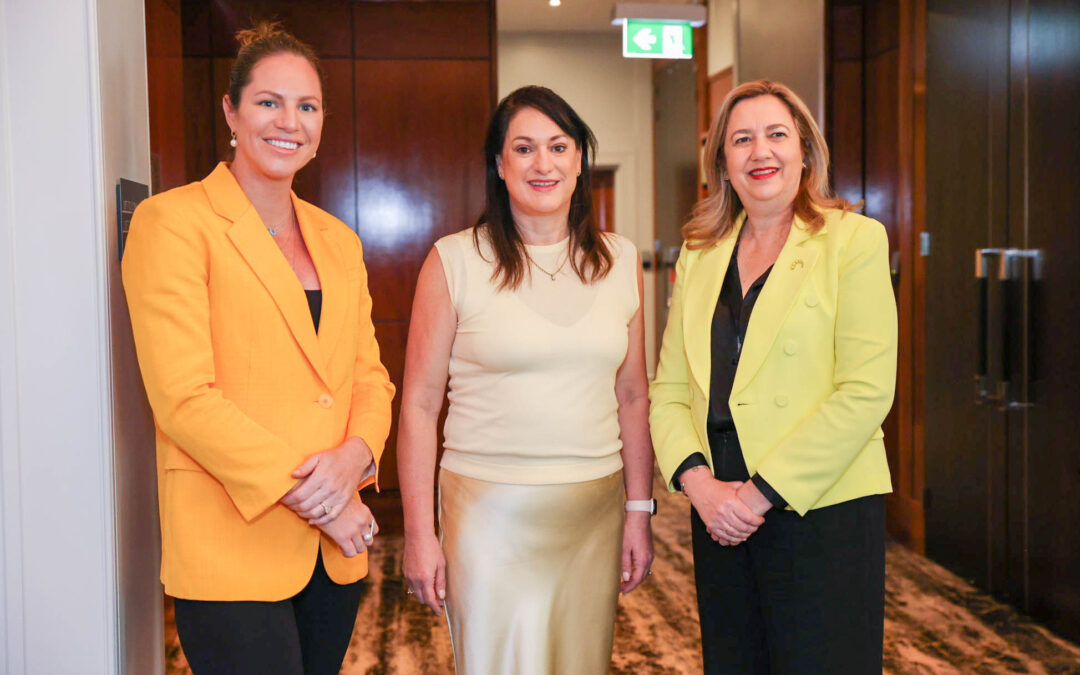Endometriosis Australia welcomes the Queensland Government’s recognition of the needs of endometriosis sufferers with its $50,000 funding donation to assist those with the disease in rural and regional areas.
Australian research has identified that the cost of managing endometriosis is around $30,000 per year per patient. It is crucial that sufferers who cannot afford private health insurance and specialists can access the medical and fertility care they need. It is a matter of equality.
According to University of Queensland Professor Gita Mishra, statistics show 1 in 6 Queensland girls, women and AFAB are diagnosed with endometriosis by age 44 in QLD compared to an Australia wide 1 in 9.
- We know that Queenslanders, with extensive rural and remote areas, experience around half the rate of hospitalisations of that in inner regional areas, followed by urban people with endometriosis.
- We know that across Australia, there were almost 8000 years lived with disability due to endometriosis in 2022, an increase of 37% from 2003 twenty years ago.
- We know that the number of endo related hospitalisations nationally increased by 54% between 2011 and 2021. We know that there were more than 3,900 endo related emergency department presentations representing 30 per 100,000 females and AFAB.
Endometriosis Australia is the largest non-government funder of research into endometriosis. The Endometriosis Australia Research Grant Program was launched in 2017 and has distributed over $400,000 fundraised dollars in grants towards research benefiting the endometriosis community, including $170,000 this financial year.
According to peak body Endometriosis Australia’s CEO Maree Davenport, “Improving understanding of endometriosis symptoms leads to faster diagnosis, which takes on average 6.5 years. Endometriosis Australia advocates for improved access to and treatment from all primary, secondary and tertiary health care settings. We call sufferers ‘Endo Warriors’ and ‘Endo Angels’ because this life defining, chronic disease affects women and people assigned female at birth (AFAB) at all ages and stages – from 8 years of age, after hysterectomy and post menopause, and they need and deserve support along their journey.”
- Endometriosis is present when tissue similar to the lining of the uterus (womb) occurs outside this layer and in other parts of the body, causing severe pain. This tissue is often found in and around the pelvis but has been located as far away as the lungs and brain.
- Many sufferers are challenged by fertility, and 30% are infertile. Endometriosis Australia supports clinicians, allied and complementary health workplace and clinical researchers, to promote person-centred care solutions in the context of gender equality, so sufferers can fully participate in society.
- Symptoms include severe pain in the pelvic region, lower back or legs, bloating, heavy or irregular bleeding, fatigue and severe period pain on or around ovulation, pain during sex, bowel movements and urination.
Endometriosis Australia will continue to advocate for equity for all sufferers, earlier diagnosis and intervention. We will seek funding from government through the NGO health and wellbeing program, to share resources and endometriosis specific information online, for education in schools, in rural, regional and remote areas, as well as for training nurses, GPs and other medical and allied health practitioners on the front line, to empower their care of ‘Endo Warriors’ across Australia.” she said.
“As the peak body for Endometriosis in Australia, our charity drove the development of the National Action Plan on Endometriosis (NAPE) but has not received one cent of funding through the Federal Government program, nor have we received any funding in the federal budget. We rely upon fundraising from donations to support all of our work for, and on behalf of, endometriosis sufferers across Australia. We are so pleased the Queensland Government has committed to providing some funds to enable us to assist Queenslanders in rural and regional areas, and we call for all other State and Territory Governments to support their own residents with the condition by funding Endometriosis Australia’s crucial work.” she concluded.

